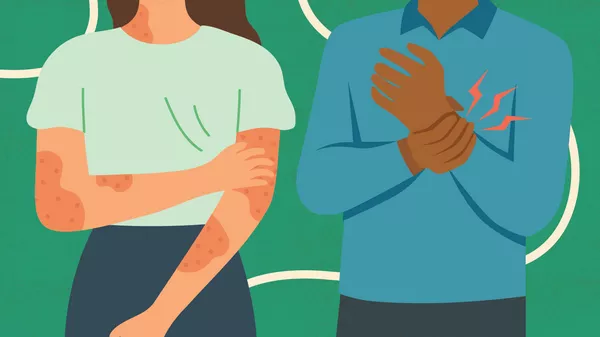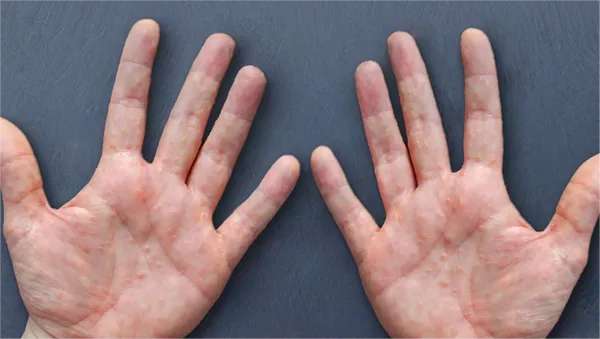Many patients experiencing urticaria (hives) report an unexpected companion symptom – uncomfortable sensations in the esophagus. This phenomenon stems from complex allergic mechanisms that extend beyond the skin’s surface.
The Five Key Mechanisms Explained
1. Overactive Immune Response
Urticaria represents a Type I hypersensitivity reaction where IgE antibodies trigger mast cells to release inflammatory mediators. These substances don’t just cause characteristic skin welts and itching – they can also affect digestive tract mucosa, leading to esophageal blood vessel dilation and nerve ending sensitization. This creates sensations of foreign body obstruction or burning pain during swallowing.
2. Histamine’s Double Impact
As the primary inflammatory mediator in allergic reactions, histamine directly affects esophageal function in two ways: it causes smooth muscle contraction while increasing vascular permeability. The resulting tissue edema can physically narrow the esophageal passage, while heightened nerve sensitivity makes normal stomach acid feel painfully irritating.
3. Swelling in the Esophageal Walls
The allergic response causes fluid leakage throughout the esophageal wall layers. Submucosal edema particularly affects natural narrow points like the cricopharyngeal region, sometimes creating significant swallowing difficulties that may interfere with eating in severe cases.
4. Aggravated Acid Reflux
About 30% of urticaria patients experience concurrent digestive issues. Histamine stimulates excess stomach acid production while the allergic state weakens esophageal mucosal defenses. This combination leads to more pronounced acid reflux symptoms, especially noticeable when lying down at night.
5. Amplified Pain Perception
Chronic urticaria patients often develop central sensitization, where the nervous system overinterprets mild esophageal inflammation as severe pain. This effect is particularly pronounced in anxious individuals, creating a self-perpetuating cycle of discomfort.
Management Strategies
During flare-ups, experts recommend a low-histamine diet featuring foods like winter melon and pears while avoiding spices and hot drinks. Loose clothing and maintaining room temperatures of 20-24°C (68-75°F) can help. Chronic sufferers may benefit from food diaries to identify triggers and medically supervised antihistamine regimens.
When to Seek Immediate Care
While most cases resolve with proper management, persistent sternum pain or bloody vomiting requires urgent evaluation to rule out serious complications like eosinophilic esophagitis. Understanding these connections helps patients better navigate their symptoms and seek appropriate care.
Related topic:
- What Are Internal Hives
- Does Psoriatic Arthritis Cause Stomach Problems
- What Are the Solutions for Getting Frostbite on the Face?



























